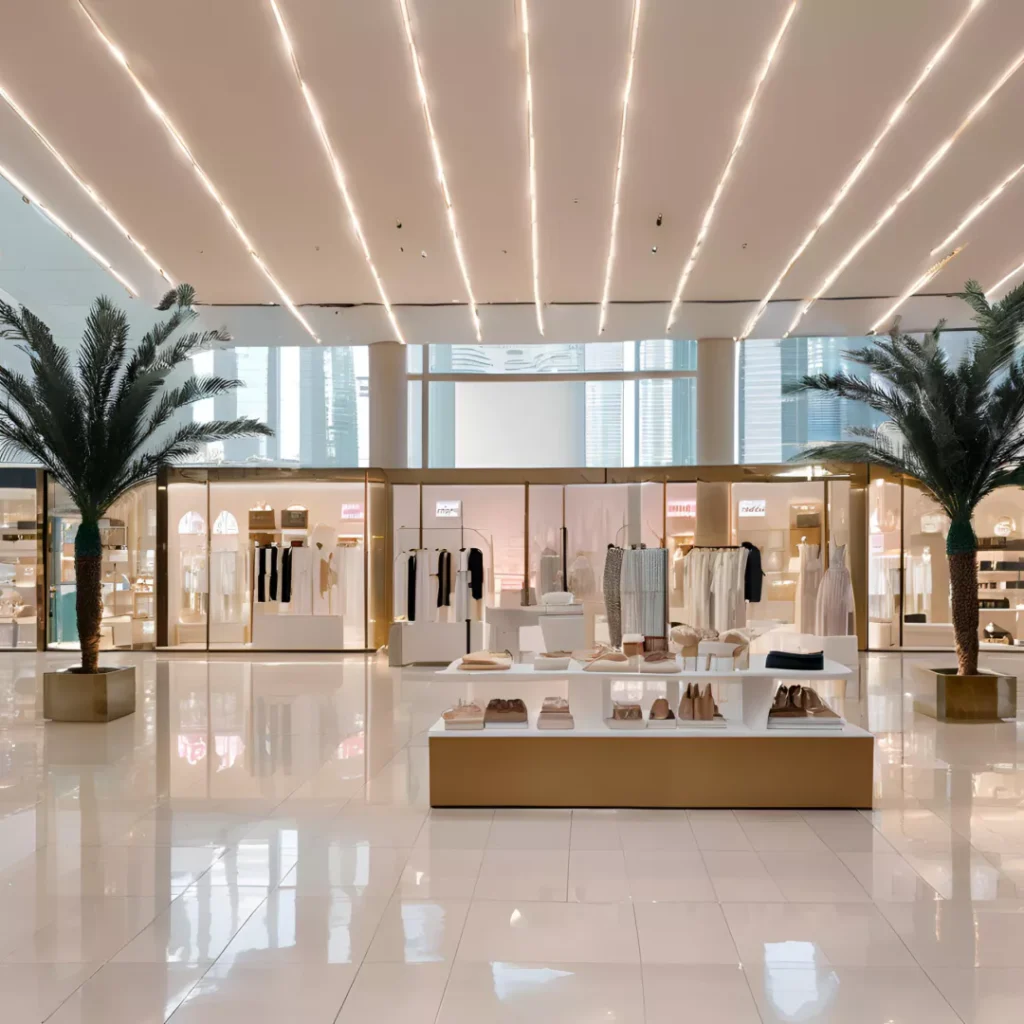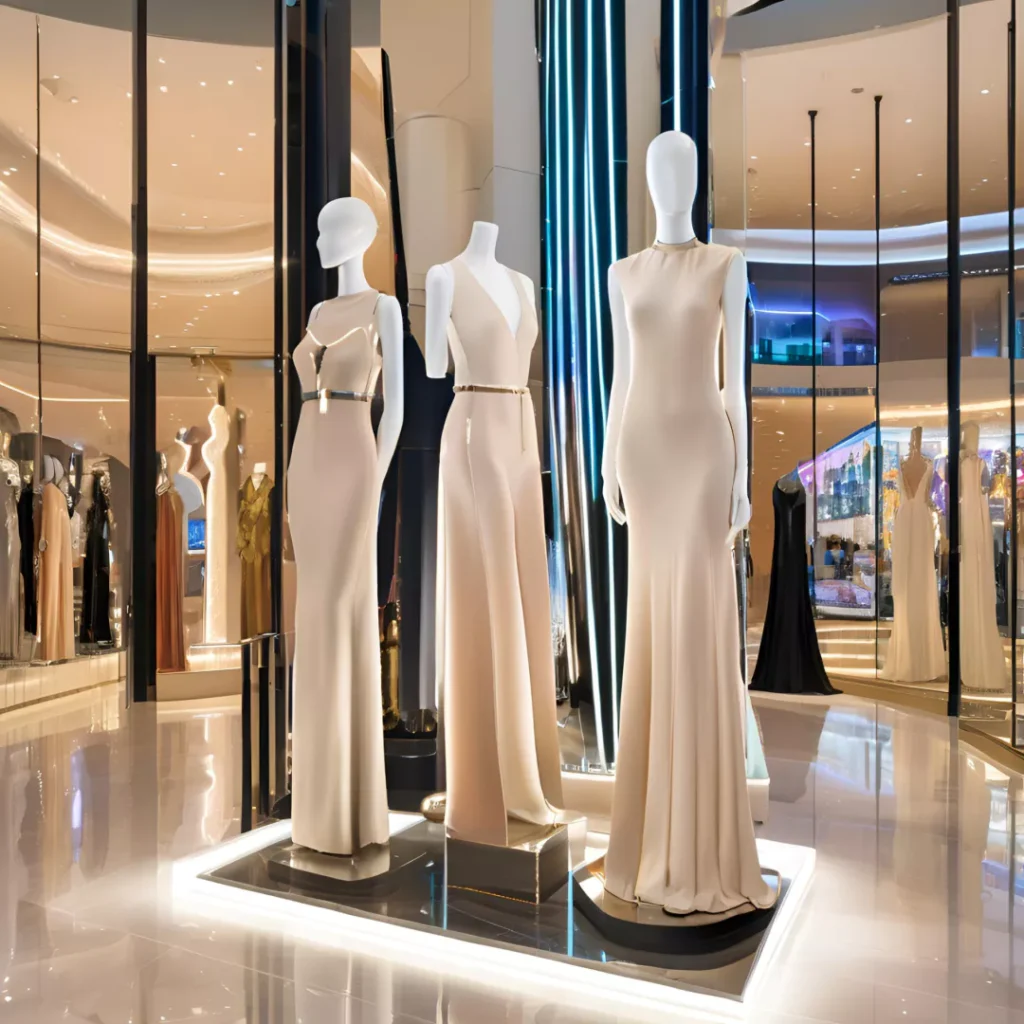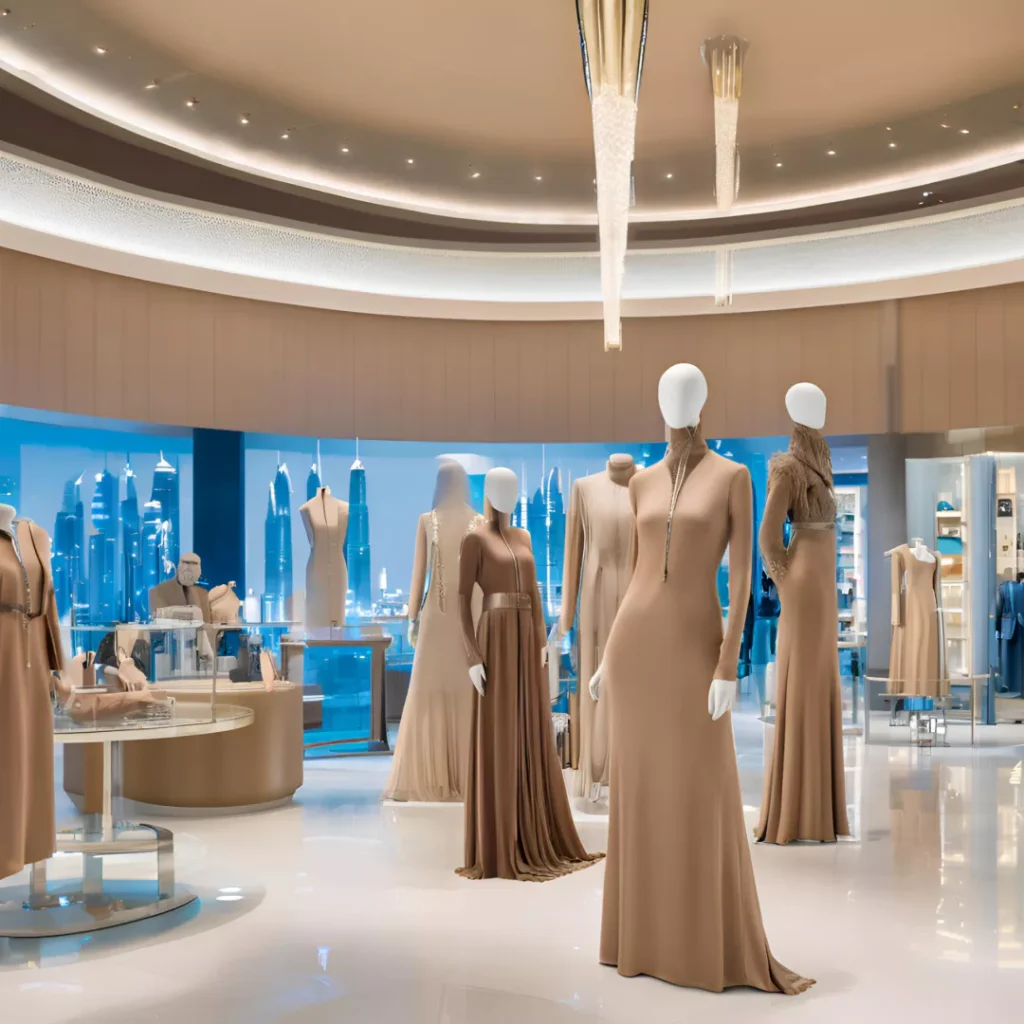Unspoken Challenges of Launching Fashion Brands in the UAE's Competitive Market
The UAE, especially Dubai, is recognized as a global fashion hub where Emirati women spend over 60% of their salaries on fashion. While this presents a golden opportunity for brands, many entering the market focus too heavily on competition and consumer spending habits, missing several critical challenges that can greatly influence success or failure.
1. Navigating Cultural Sensitivities and Modesty Guidelines
The UAE’s fashion landscape is shaped by a distinct fusion of contemporary global trends and deep-rooted cultural traditions. Brands entering this market must understand that aligning their offerings with local values is not optional—it’s essential for success. Modesty is a critical factor in fashion, especially for Emirati women, who often seek stylish, yet culturally appropriate clothing. While the UAE is known for luxury and high fashion, brands that ignore modesty regulations or cultural sensibilities risk alienating a significant part of their audience.

It’s important to note that this extends beyond just the clothing itself. The way a brand markets its products—whether through advertising or influencer partnerships—must reflect the values and norms of the region.
Strategic Approach: Successful brands don’t merely cater to modest fashion but integrate cultural respect into their entire business strategy. A nuanced understanding of these societal expectations can be the difference between success and failure.
Example: Dolce & Gabbana’s Abaya Collection and Mizalle’s focus on modest fashion show how global brands can adjust their designs to cater to local customs, without compromising on style. Their success lies in addressing local cultural values, ensuring that the designs feel relevant to the modern Emirati woman while respecting tradition.
2 – Localization of Marketing and Brand Messaging
Your brand story is the narrative that will connect you with your audience on an emotional level. Forbes emphasizes that a powerful brand story can differentiate a brand in a crowded market.

Example:
Many global brands tend to rely heavily on Western-centric campaigns, failing to engage with the local Emirati audience. On the other hand, brands like Nike have succeeded by using local influencers and ambassadors that resonate with the Emirati culture and lifestyle, allowing them to penetrate the market more effectively.
3. Managing Liquidating Inventory and Aged Stock
One of the most overlooked challenges when launching in the UAE is the issue of liquidating aged inventory while keeping the brand’s prestige intact. The UAE fashion scene is fast-paced, with new collections constantly arriving, leaving brands with the challenge of moving older stock efficiently without devaluing the brand. Products that remain unsold from past seasons need to be cleared to make room for new collections, but doing so can compromise the brand image if not managed strategically.

Strategic Approach :
Working with premium outlets such as Brand4U or hosting exclusive sales events can help brands liquidate older stock while still maintaining their perceived value. Alternatively, limited-time online flash sales targeting specific consumer segments can move products quickly without damaging the overall brand.
Example :
High-end fashion brands often partner with upscale outlets to clear their older collections. This allows them to sell past-season items at a discount while still maintaining an exclusive atmosphere that aligns with their brand positioning.

For personalized branding consultation in the UAE
4. Pricing Strategy for Value-Conscious Consumers
The UAE may be home to some of the world’s wealthiest individuals, but it’s important to note that the market is more price-sensitive than it appears. While high-end luxury products thrive, many consumers are becoming more value-conscious, especially as access to global e-commerce platforms increases. Pricing too high can lead to missed opportunities, while pricing too low can damage brand perception.

Example :
Brands like Zara and H&M have successfully found the sweet spot between affordability and style. Their “affordable luxury” model appeals to a broad audience, without diluting their brand value, making them key players in the UAE market.
5. Sustainability and Ethical Practices
Sustainability is becoming a key concern for the younger generation in the UAE, particularly Emirati women who are more environmentally aware. Brands that overlook the importance of sustainable and ethical practices—whether in terms of sourcing, manufacturing, or labor conditions—risk being seen as outdated and losing a valuable segment of the market.

Example :
Brands like Stella McCartney, which focus heavily on sustainability, have managed to capture the attention of a growing segment of UAE consumers who prioritize environmentally friendly fashion.
6. Logistics and Supply Chain Complexities
One of the most significant operational challenges in the UAE is managing an agile supply chain. The demand for fast delivery and constant stock updates means that brands need to invest in efficient logistics. Delays in restocking or slow shipping times can quickly lead to customer dissatisfaction in a market that expects prompt service

Example :
E-commerce giants such as Noon and Namshi have set high standards in logistics, offering same-day or next-day delivery. For new entrants, this means they must build partnerships with reliable logistics providers or risk falling behind.
Launching a fashion brand in the UAE is more than capitalizing on consumer spending and facing competition head-on. Understanding and addressing often overlooked challenges—cultural nuances, the need for localized marketing, pricing strategies, liquidating inventory smartly, sustainability concerns, and logistics—are critical to thriving in this highly competitive market. Brands that navigate these challenges thoughtfully stand a much better chance of success in the UAE’s dynamic fashion scene.









